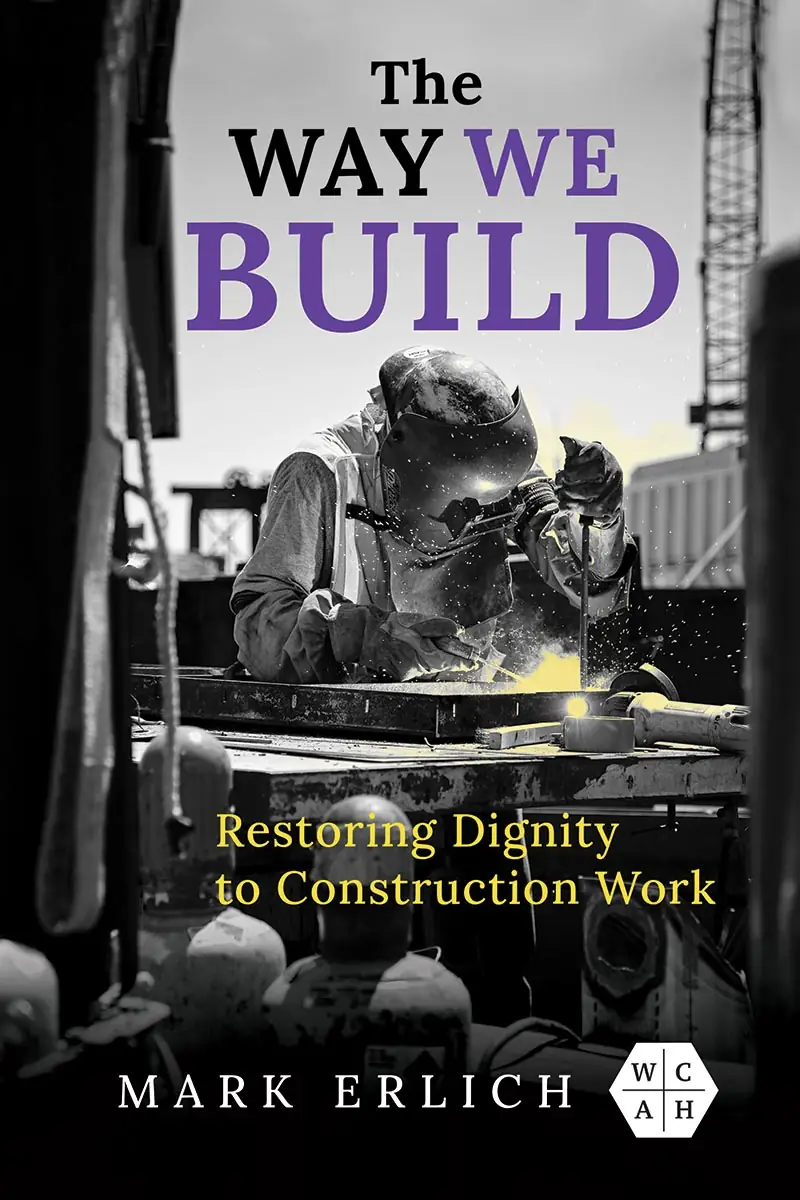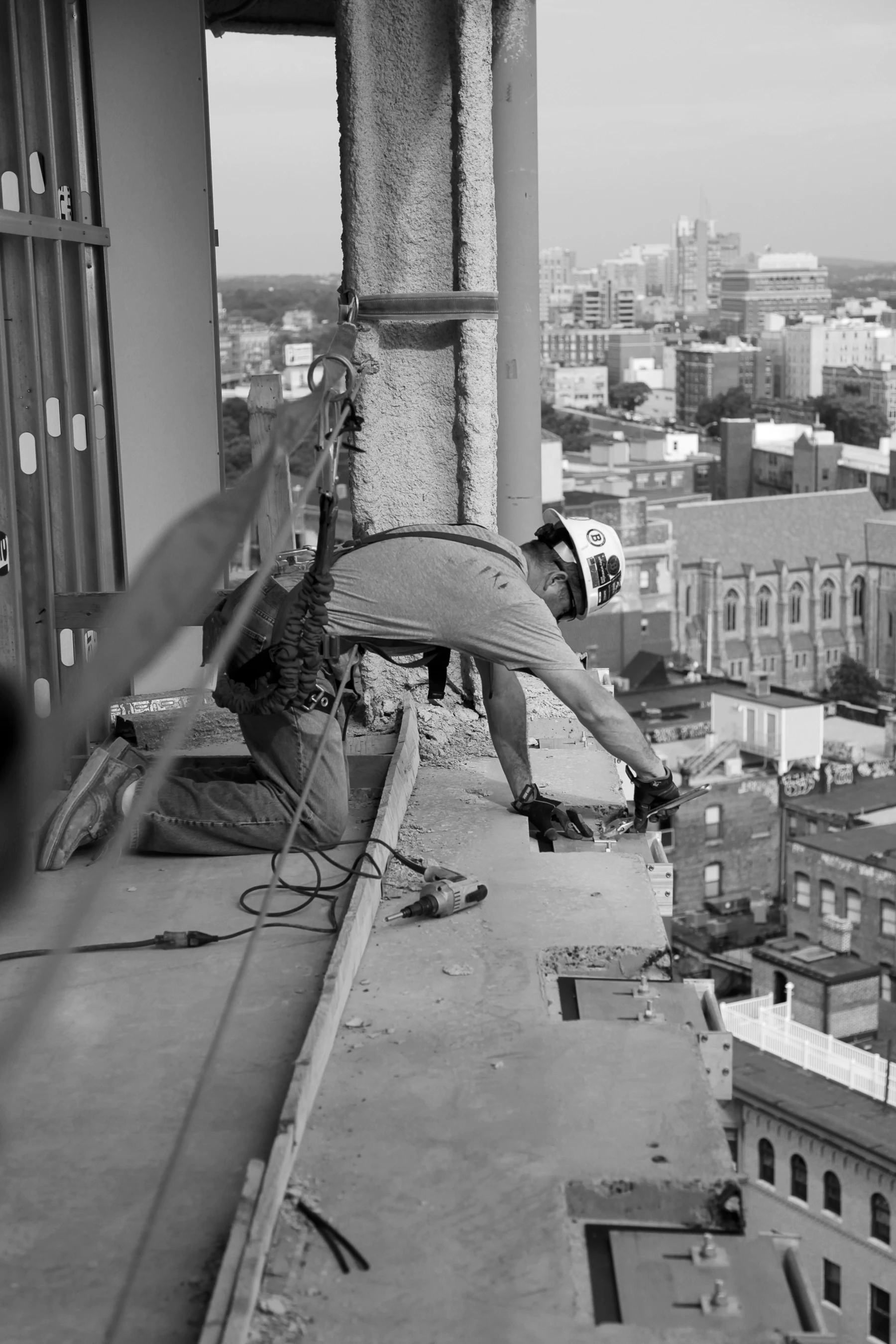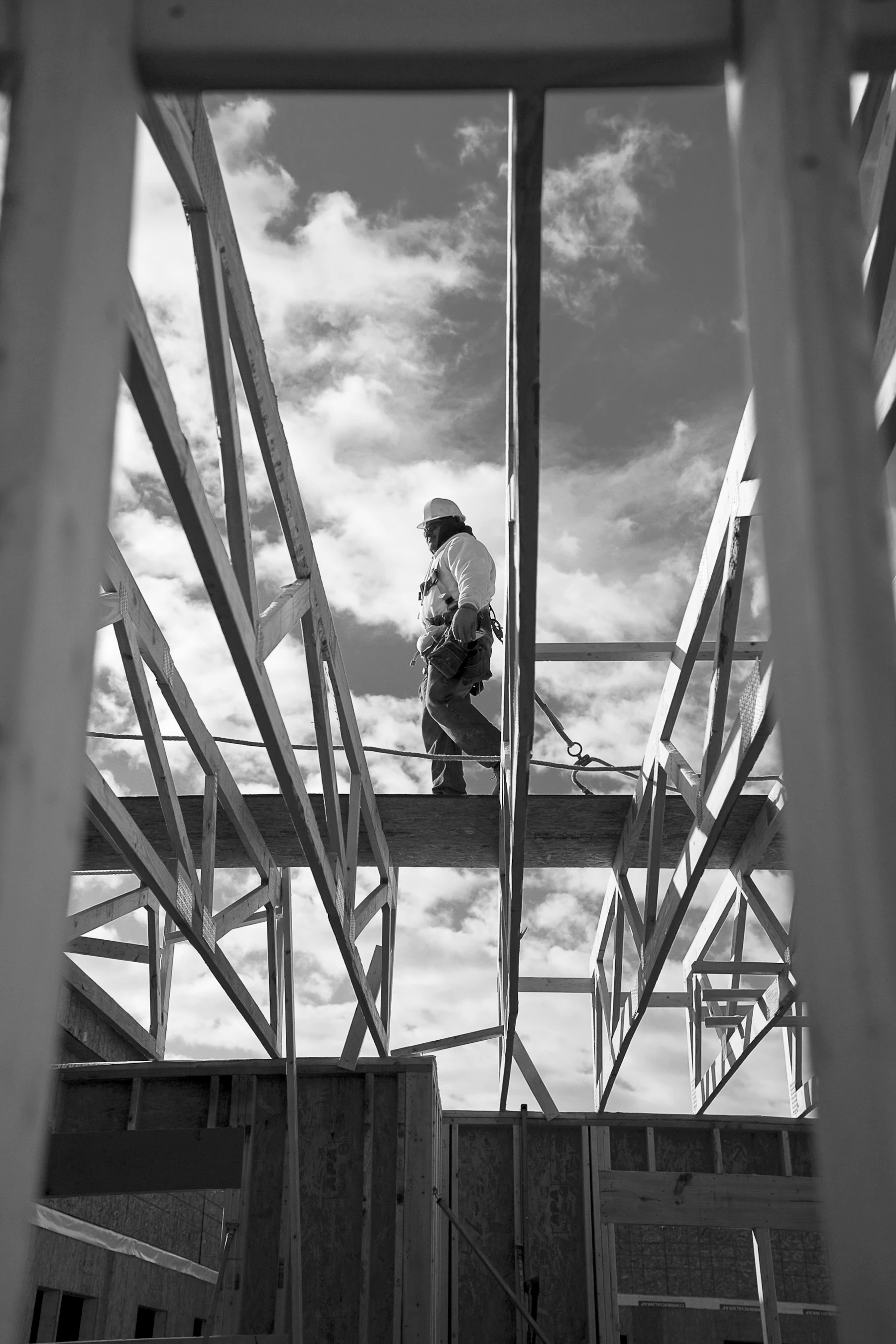In October 2019, the Hard Rock Hotel in New Orleans, still under construction, partially collapsed, killing three workers and injuring 12 more. The ruin sat untouched as local politicians hammered out the details of its demolition, and it took 10 months to recover the remains of two of the deceased, both undocumented immigrants, from the rubble. Prior to the collapse, multiple crew members had raised alarms about shoddy design and engineering, with one recording a video noting the lack of support beams below a freshly poured concrete floor.

The Way We Build: Restoring Dignity to Construction Work, by Mark Erlich. University of Illinois Press, 144 pages, $23.
Construction has always been a dangerous job, accounting for 21 percent of worker deaths nationwide, but the fatality rate has been rising steadily since 2011. In his new book, The Way We Build, Mark Erlich points to the New Orleans incident not as a one-off tragedy, but rather as an inevitable outcome of the systemic weakening of building-trades unions over the past 50 years, which has led to unsafe sites, poor working conditions, and low wages, and has encouraged an illegal labor market ripe for abuse. In this slim but information-packed volume, Erlich sketches out the rise and fall of union power in the construction industry over the course of the 20th century and makes the case for policy and union reform both to address current working conditions and restore the profession as a pathway to the middle class.
Erlich, who is currently the Wertheim Fellow at the Center for Labor and a Just Economy at Harvard Law School, brings decades of experience in the building trades to his argument: he began his career as a carpenter and, since 1988, has served in various administrative positions in union governance, including executive secretary-treasurer of the New England Regional Council of Carpenters from 2005 to 2017.
Throughout the first six decades of the 20th century, the political and economic power of trade unions grew by leaps and bounds, with average construction wages rising steadily. By 1947, union density in construction reached 87.1 percent (compared with today’s 23.5 percent). Wages climbed even higher in the 1960s, spurred by the postwar building boom and labor shortages due to Vietnam War conscription. A 1968 article in Fortune described the building-trades unions as “the most powerful oligopoly in the American economy,” constituting a full-fledged crisis for owners and developers, who were weary of conceding power.
Erlich marks 1969 as a turning point, when a group of executives formed the Business Roundtable, which mounted “an anti-union political agenda which proved to be surgical and effective.” Throughout the next two decades, the group managed to undermine union power and density by lobbying Congress to strike down federal wage laws and reform tax codes in favor of business owners. The most impactful, Erlich argues, was the passing of Section 530 in the Revenue Act of 1978, which protected employers who “misclassified” workers as independent contractors (typically to avoid paying benefits and insurance) from penalties. Misclassification has garnered renewed attention with the rise of today’s gig economy, but Erlich contends that the practice was first abused in construction work and links its normalization to the many troubles that define the current state of the industry.


Photos © Ellen Weber, courtesy University of Illinois Press
After devoting much of the book to defining the scope of the problem—outlining the relevant history and legal battles, and documenting anecdotes from a diverse array of construction workers—Erlich uses the final three chapters to chart a path forward. Part of the solution lies in increased regulation, he says, pointing to successes in recent years of some federal and state initiatives to curb payroll fraud and illegal labor brokering, but he returns to the power of labor organizing as a crucial reform tool. Remaining realistic about the limitations and exclusionary practices that tinged the old days of union dominance, Erlich insists on a new, more inclusive model of organizing that also bolsters the profession as a means toward financial stability for women and people of color.
With housing shortages and the climate crisis necessitating rapid adaptation of the built environment, the building industry writ large would do well to listen to the demands of construction workers—and support attempts to ensure their safety, dignity, and livelihood.






Post a comment to this article
Report Abusive Comment